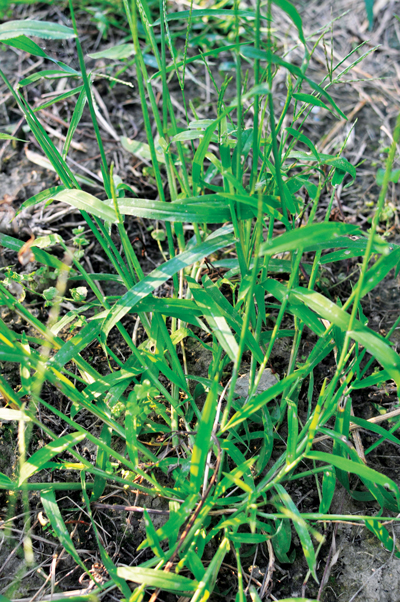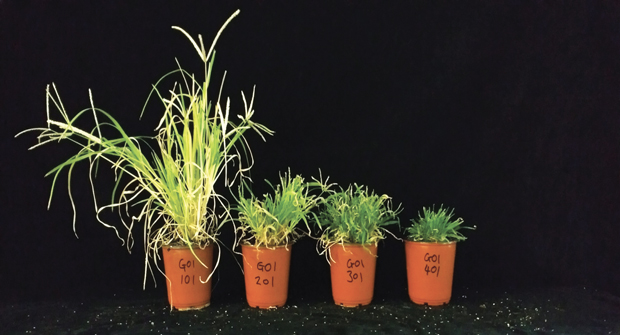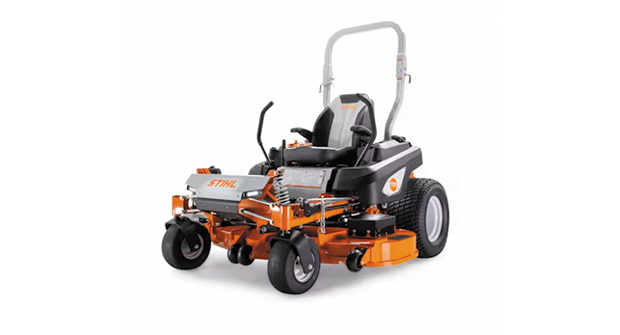
These two weeds have a similar appearance. Bobby Kerr, Ph.D., technical services manager at Quali-Pro, shares the key differences between them and how LCOs can effectively treat them both.
How to identify

Both crabgrass and goosegrass germinate in the late spring and throughout the summer, but each has its own distinct characteristics.
There are five different types of crabgrass found throughout the U.S., including smooth crabgrass, Kerr says. Smooth crabgrass is a tufted or prostrate spreading summer annual with leaves that are smooth on both sides, he says.
“(On smooth crabgrass) the leaf sheath is smooth with a few long hairs at the base of the leaf blade,” he says. “Typically, the seedhead has two to six finger-like branches and it reproduces from seed.”
Goosegrass is a tough, clumped summer annual that generally has a whitish to silverish color. It can also be known as silver crabgrass due to the color of the center, Kerr says.
The leaf blades are also smooth on both surfaces with a few hairs occasionally at the base. Its ligule — a thin growth between the leaf and leafstalk on the weed — is membranous, visible and short-toothed at the base of the leaf blade.

boschettophotography / iStock / Getty Images Plus)
“It has spikelets in two rows on two to 13 fingers — typically, with a single finger below the terminal cluster of fingers,” Kerr says. “It reproduces by seed and is found throughout temperatures and warmer regions of the world.”
Both crabgrass and goosegrass are warm-season grasses but goosegrass is becoming more of a problem farther north where it historically was not a problem, Kerr says.
“Goosegrass is, in a sense, similar to Poa annua,” he says. “Its biology is still not fully understood. There are many biotypes that are morphologically different but botanically identical.”
Both weeds can be found in areas with thin soil — for example, near sidewalks or driveways — but inspecting the center of the plants is the best way to make a clear identification between the two weeds.
Color is an important distinction between crabgrass and goosegrass, Kerr says.
“I think, for LCOs, one key difference is the whitish to silverish center of goosegrass,” he says. “Crabgrass tends to have some reddish to purplish coloration of the stems.”
Goosegrass also grows in a low, wide rosette pattern, whereas crabgrass tends to grow taller.
Best management practices
After LCOs properly identify the weeds, they can decide on a treatment plan to keep customers happy and save time.
The best way to control both crabgrass and goosegrass is to take a preventive approach, Kerr says.
Preemergence herbicides like dithiopyr and prodiamine are good options for crabgrass and oxadiazon is highly effective against goosegrass, he says.
The application timing of preemergence herbicides is critical, Kerr says. Soil temperatures at a 2-inch depth should be about 55 degrees for crabgrass and about 60 degrees for goosegrass.
“Split applications are typically the best option for preemergence herbicides. Also, split applications have been proven to prolong control,” he says. “For postemergence control, the combination of topramezone plus quinclorac is highly effective for the control of both crabgrass and goosegrass.”


